Globetrotters January Challenge
Everywhere a Sign
Meaningful, Commercial, Heartwarming, Alarming — They Tell Stories Around the World
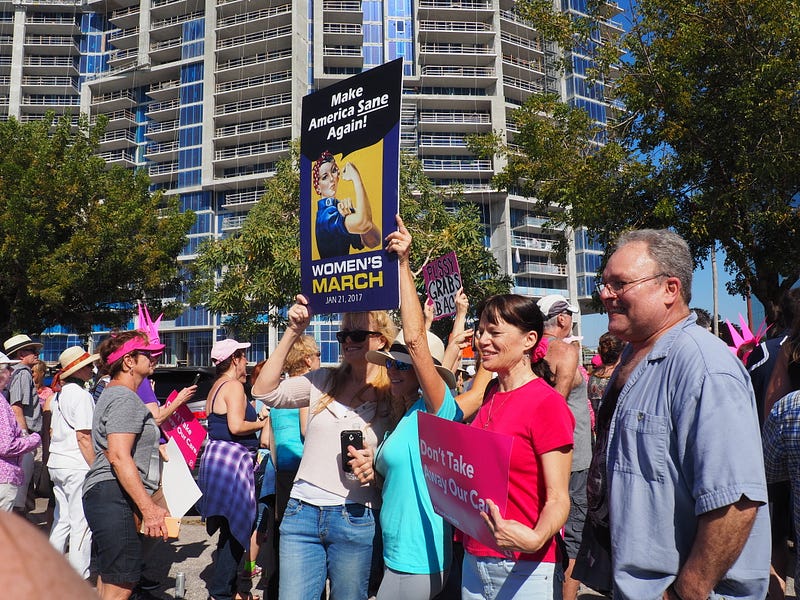
Who remembers that iconic song of the early 70s by Five Man Electrical Band? “Sign, Sign, Everywhere a Sign” laments signs of exclusion and appreciates one of welcome.
I thought about it as I pondered this month’s challenge from Globetrotters. I wondered about the signs I’ve photographed through my travels. What did they say, and what did my photographing them say about me?
What Do I Want to Say?
As someone who is liberal and progressive, I tend to take photos of signs that hold meaning for me. You won’t for instance, find me delightfully snapping shots at a MAGA rally.
What catches my attention are signs that reflect human rights and support for those who are frequently marginalized.
A few years ago, I was in Atlanta to meet a colleague who came to learn about refugee resettlement strategies in the US. She managed the educational facilities at the refugee reception center in Auckland, and we met through my research in New Zealand. I took these two photos:

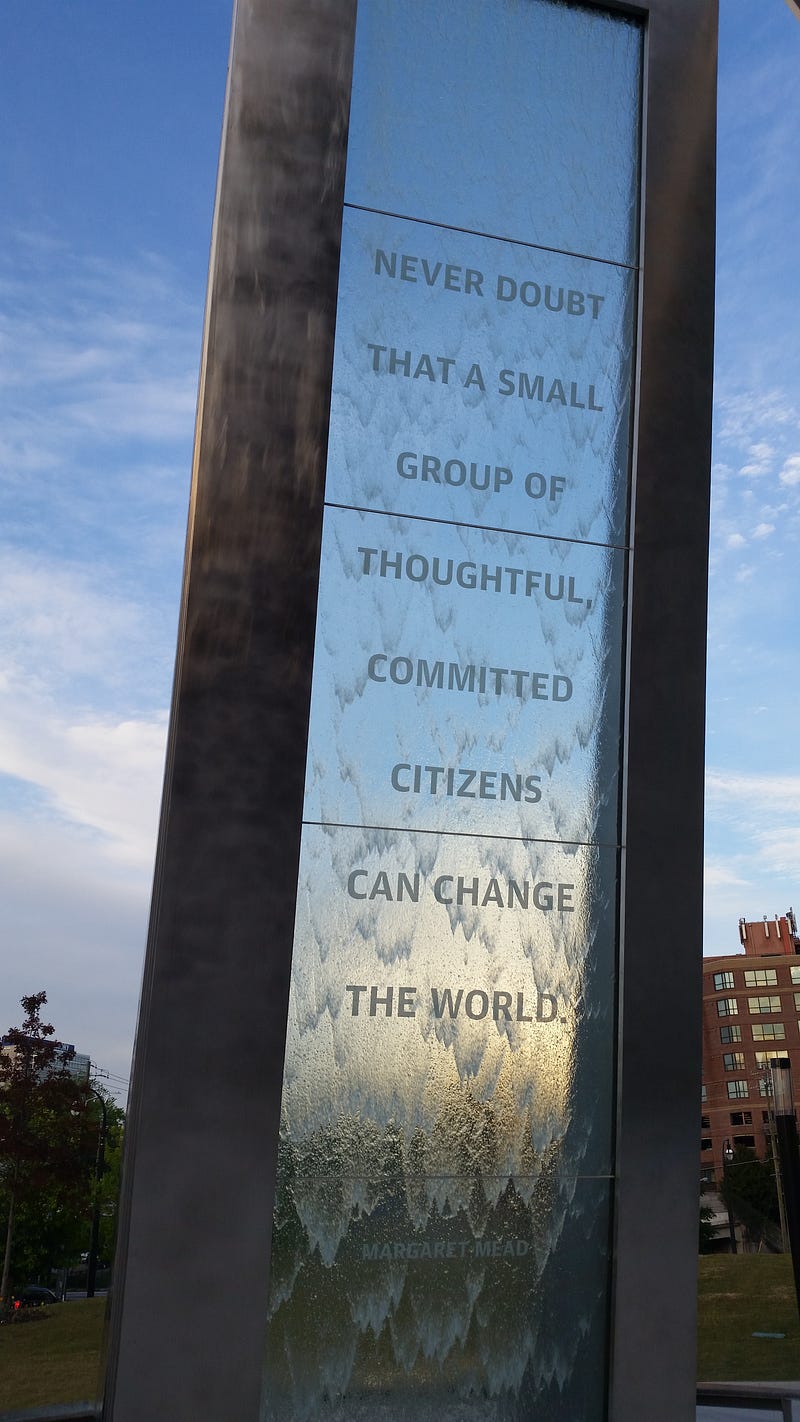
As someone who taught undergraduate pre-service teachers for many years, I say with sadness that few of them know much about the UN, and fewer have ever heard of the Universal Declaration of Human Rights (UDHR), so strategically fought for by Eleanor Roosevelt. So my heart warmed a bit when I saw a local charter school celebrating UN Day.
A famous quote by 20th century anthropologist Margaret Mead welcomes visitors to the National Center for Civil and Human Rights in Atlanta, Georgia, on an acrylic signpost:
“Never doubt that a small group of thoughtful committed citizens can change the world.”
It has always inspired me, but my doubts have risen as discussions about a new world war and a US civil war have increased.
And I wonder and fear and think of the likelihood of it all. Signs like the one I snapped outside a Unitarian Universalist Church in Charleston, North Carolina, seem so obvious and right to me:

But I know that words like these ignite anger in the minds and hearts of many Americans. It confuses me.
Two of the groups I have spent the most time working with are immigrants (in particular, refugees), and those who are members of the LGBTQI+ community. This next photo is the sign at the entrance to the Ritsona Refugee Camp on Evia Island, Greece, where I volunteered in 2017.

When I was there, the camp had hundreds more people than it was designed for. Not only camp volunteers, but also paid camp staff were woefully untrained and unprepared for supporting the refugees. There were 20 washing machines for a camp population of 1,000. I fought to get a mattress for a pregnant woman. Few of the staff or volunteers could speak the language of the population, primarily Syrian at the time.
Misinformation causes many people, not only in the US but also in Europe, to think that refugees are people trying to take advantage of countries. What would you do if your village was being bombed, or you were threatened with rape or murder or the kidnapping of your children? Would you not flee and hope for people in peaceful states to help?
My work has brought me to hear countless stories from abducted girls and forced child soldiers, from adults who hid as they watched terrorists burn and machete their villages and all who could not escape. I could read the signs of fear, exhaustion, and hope in their eyes. And yet, in the media, we tend to see more of the signs carried by angry citizens saying, “Refugees, go home!” often resulting from the divisive rhetoric of politicians who foment fear to garner votes.

When my husband and I were in London in 2021, I was moved by a campaign to promote understanding about the LGBTQI+ community that I saw as posters in the Underground (subway). Since the time I was a teenager, I’ve never understood the anger, discrimination, and violence directed by many towards non-heterosexual and gender fluid people. Sadly, in recent years it has reached levels that were probably common in decades in the 1950s and earlier, and so we are going backwards. I found the signs throughout the subways of London to be encouraging.
T-Shirts Signs

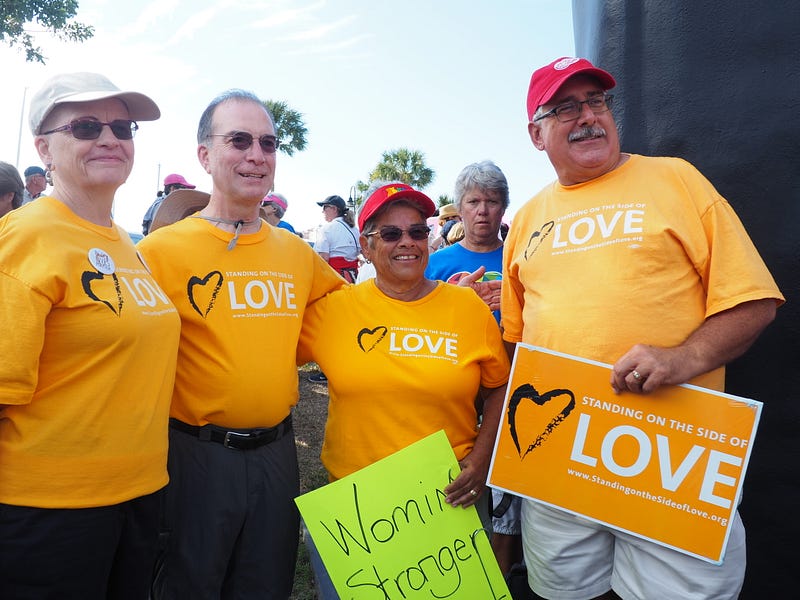
T-shirts, especially in the US, act as sign markers for all kinds of messages. The above photos mirror the topics I just talked about, with the one on the left supporting refugees, and the ones on the right espousing a Unitarian Universalist slogan at a rally for LGBTQI+ rights.
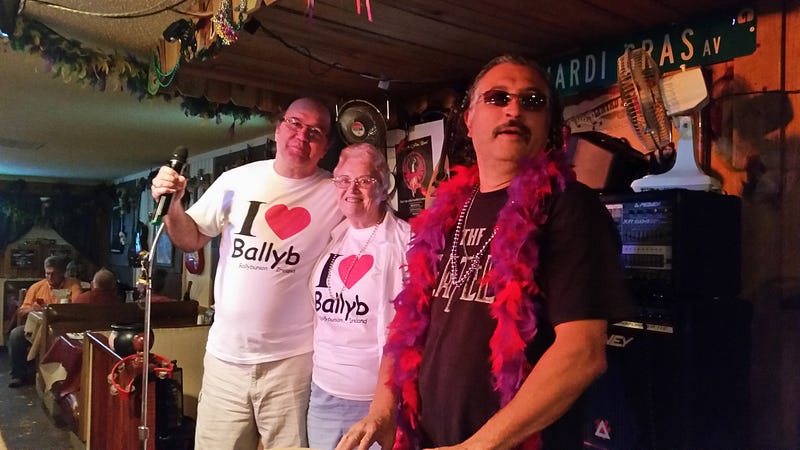
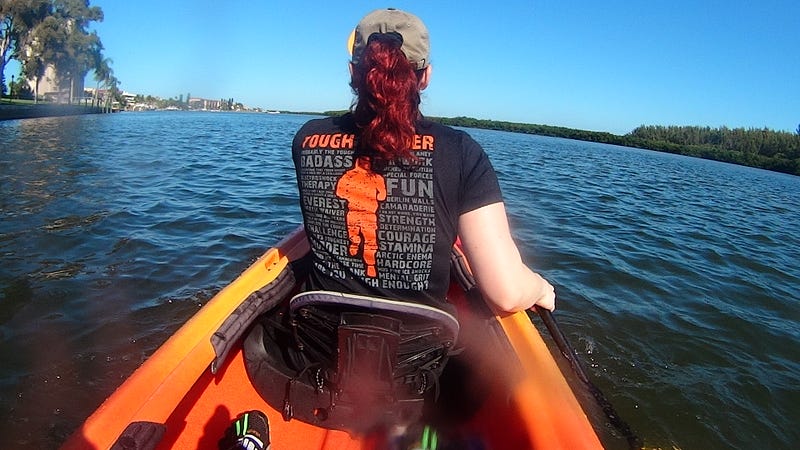
Then we have the shirts that tell others what we love. The I (heart) NY sign campaign began back in 1977, and these icons stating what people love remain popular on bumper stickers, ads — and t-shirts. My mom and dad lived in a western seaside golfing town in Ballybunion, Ireland, for about 17 years, and they loved it as much as I now love living part-time in Paris. My 88-year-old mom had “I (heart) BallyB” t-shirts made for herself and her favorite local musician.
My daughter and her husband participated in a number of “Tough Mudder” events. I must say that making my way in cold water with the punishment of electronic jolts if I dared raise myself out of the water early is not my thing. That is just one of the grueling issues awaiting anyone who isn’t tough enough to make it through Mudder. But I sure think they deserve to advertise that they made it through!
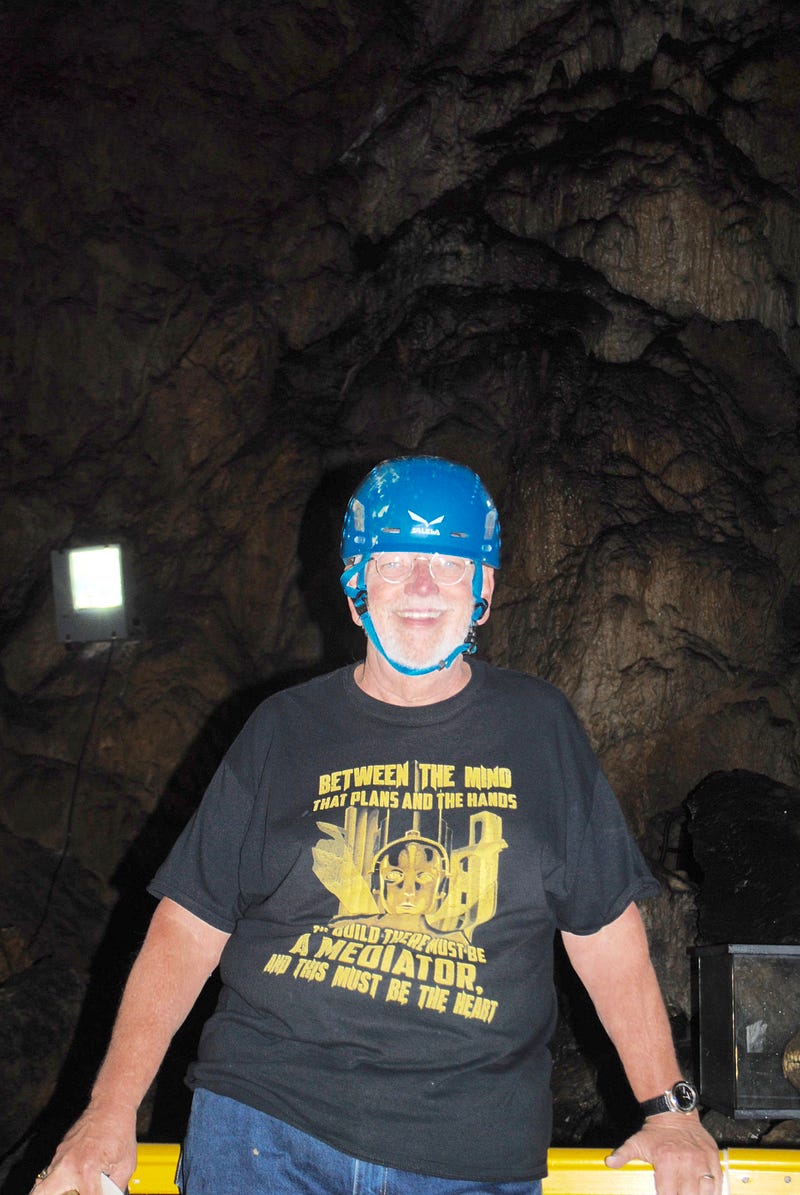
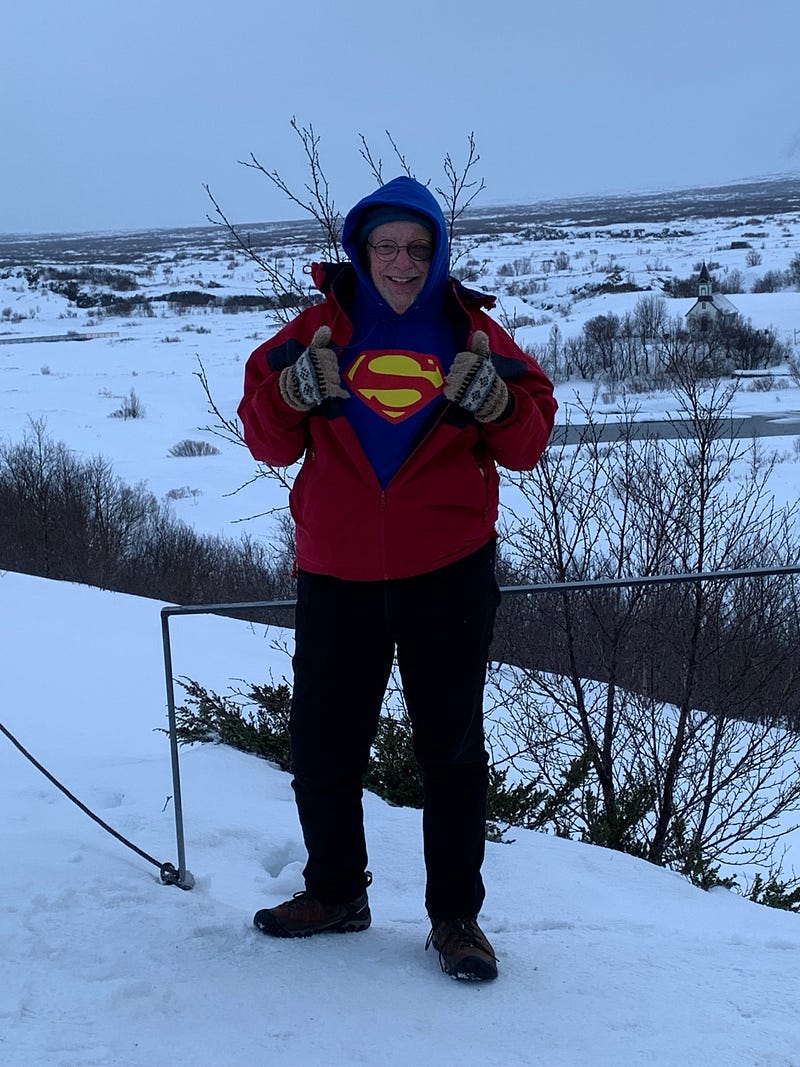
My husband tends to advertise his favorite films across his chest: Metropolis, Superman, Star Trek. It’s also cultural. This is a popular thing to do in the States, and I’ve seen a lot of it in London. Do it in Paris, and you have outed yourself as a tourist.
Linger on the Sidewalk Where the Neon Signs are Pretty
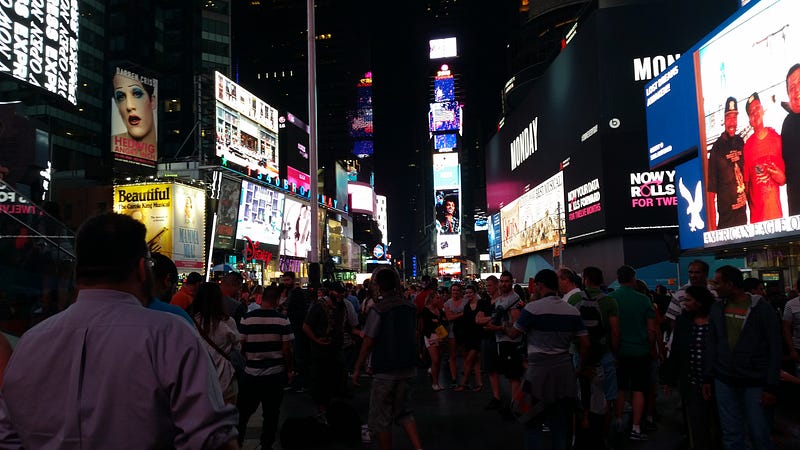
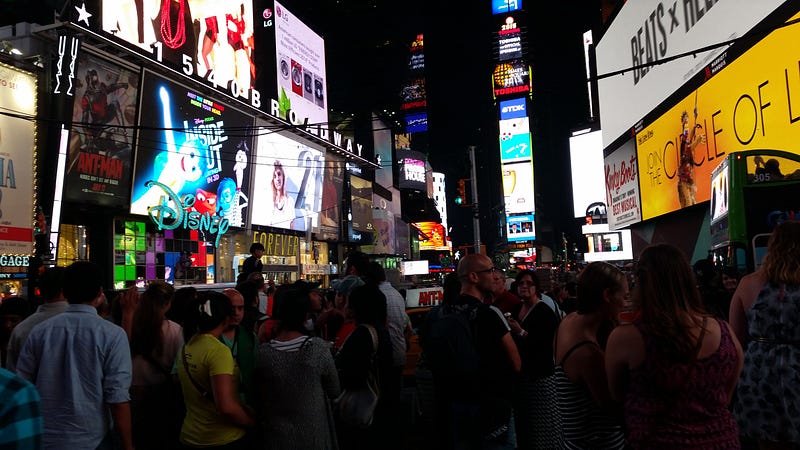
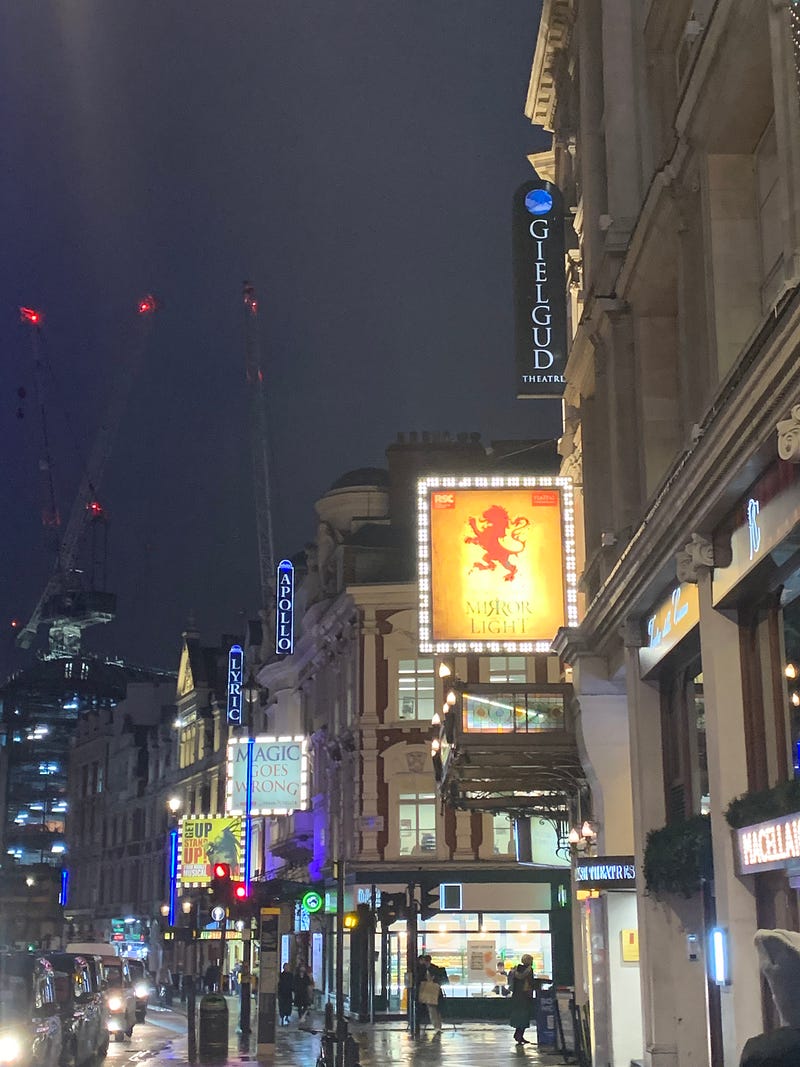
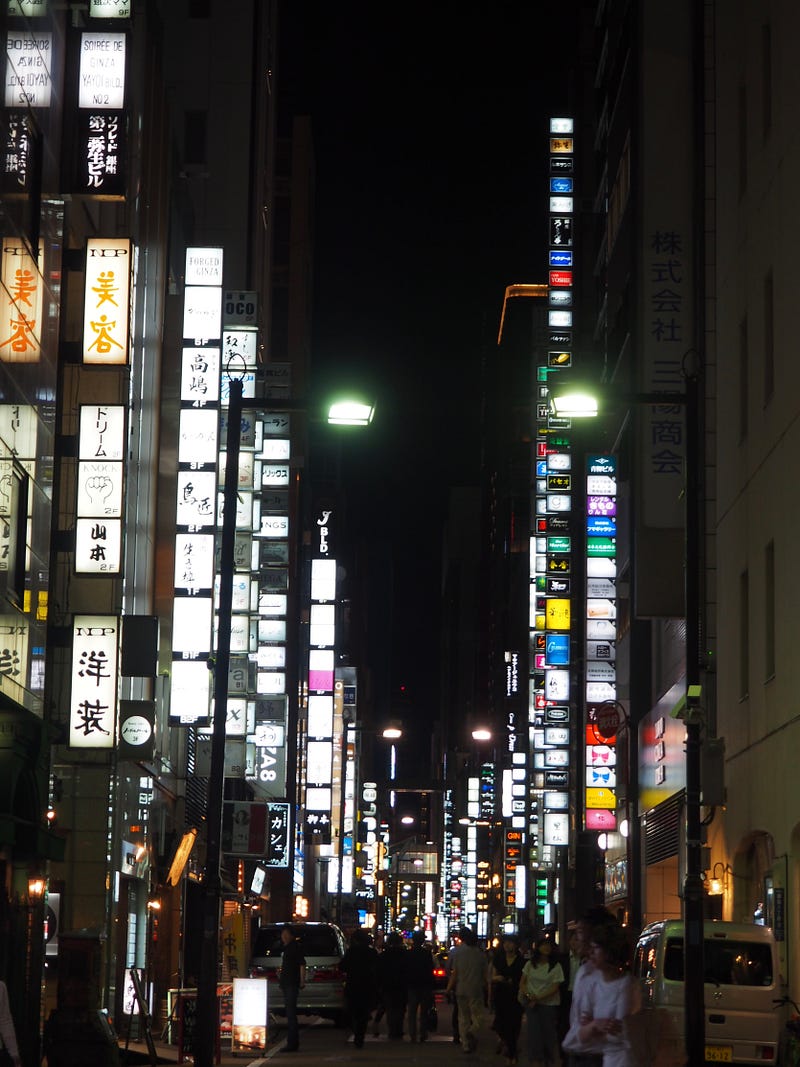
In the 1960s, Petula Clark encouraged people to raise their spirits by enjoying the signs and activities “Downtown.” I experienced it a few years back when my husband and I were invited to New York City for the marriage of his nephew. I hadn’t been there since attending “Phantom of the Opera” in the 80s. All the flashing signs for plays, phones, fashion, and food quickly took me away from the troubles of the world.
London is hardly far behind, demonstrated by the photo I took in the theatre district. I took the bottom right photo in the Ginza District in Tokyo when I was a visiting professor at Soka University in 2017. All the glitter beckons pedestrians to come shop! I love the energy of these places.


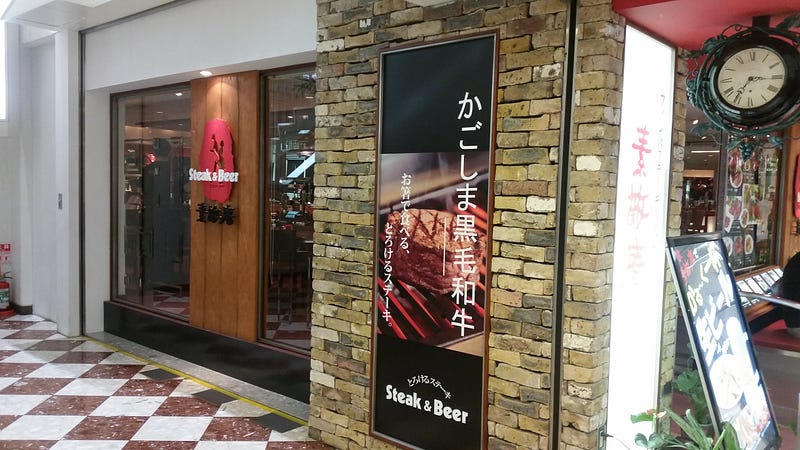
American Signs, EVERYWHERE!
Then there are the US fast food corporations that are now worldwide. Subway, KFC, Burger King, McDonald’s — you don’t have to go far in an international city to spy their signs. Most recently “Krispy Kreme” has entered the Parisian market. I must admit that I hope it fails dismally — there is NOTHING better than a good French croissant — but we’ll see.
I used to go to McDonald’s once during any international trip just to see how the food tasted. With the exception of an amazing chocolate shake in Dublin (I think it was made with Cadbury’s), I have found nothing different to recommend it. Note to tourists: skip the bad food that you know, and experience the local cuisine instead. You can get a delicious croque monsieur with a salad for the same price. Infinitely better than a Big Mac!
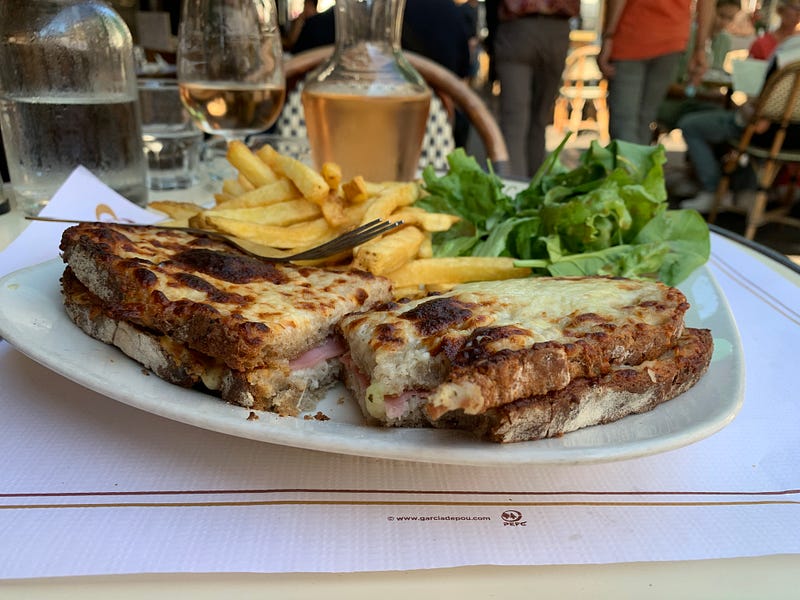
Fun with Signs
I think my favorites are signs that make me laugh. I looked in vain for one I loved on a very narrow Irish road that had a speed sign of something like 65 km right in front of a hairpin turn.
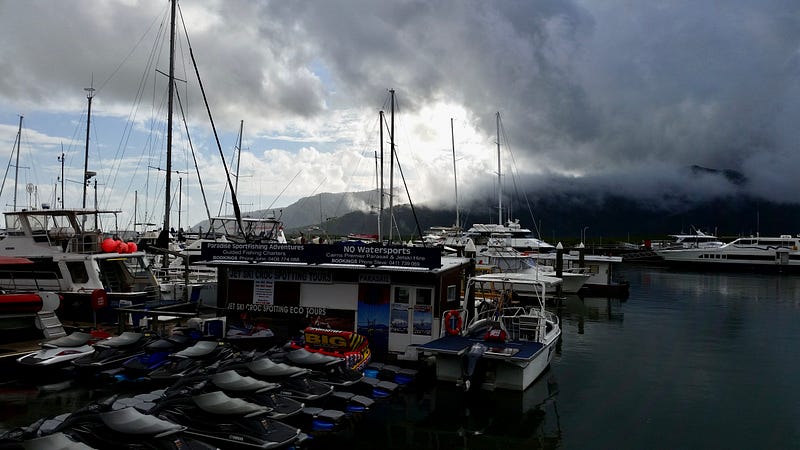
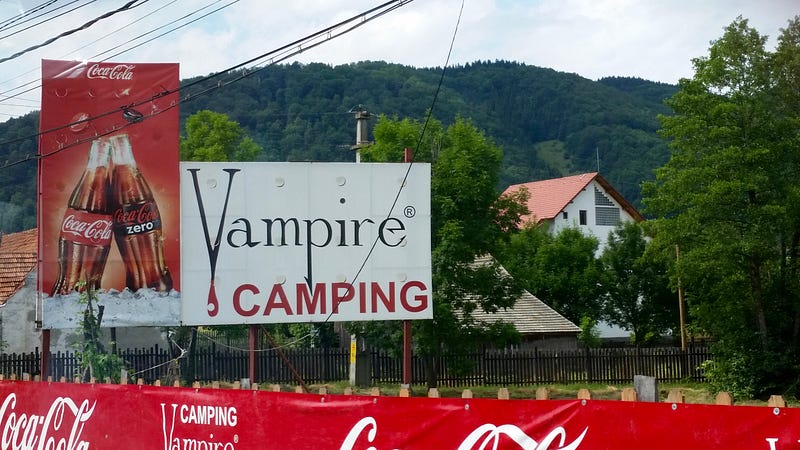
Unfortunately, it’s hard to read the sign on the building in Auckland on the left. It states, “No water sports.” Other signs there go on to advertise sports fishing, parasailing, and jet skis. No water sports — OK?
The Vampire camping site was taking advantage of being in Transylvania, Romania. I get a kick out of the Coke ads around the sign. Is that what Dracula drank when he couldn’t find a tender neck?
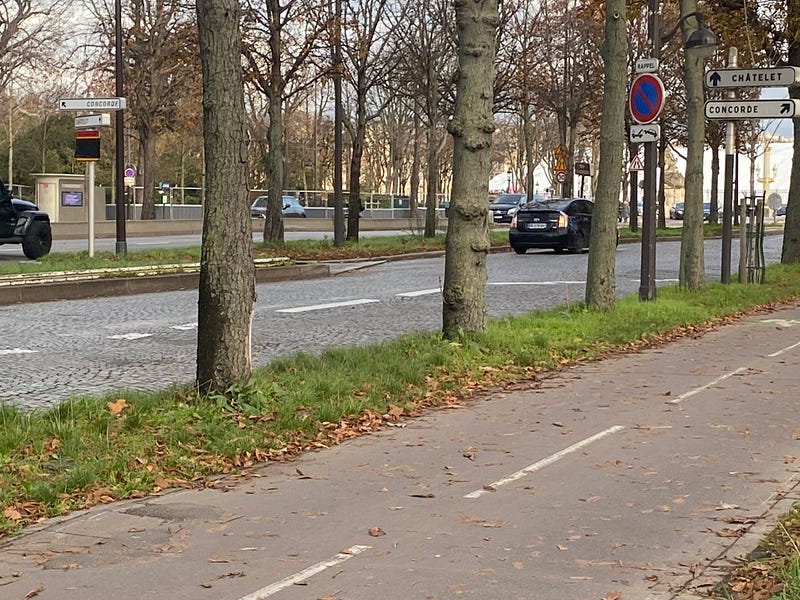
And my favorite, taken this spring (2023) in Paris, was when I was walking home toward the Place de la Concorde. If you look closely, you can see a sign on the left that states “Concorde” and has an arrow pointing to the left. On the right hand side of the street, there is a sign that reads “Concorde,” and has an arrow pointing to the right. Ooh la la! What is one to do?
If you arrive at this place, let me tell you that Place de la Concorde is to the left! Funny — this is not the only place I have found truly confusing directional signs in Paris. I won’t venture to judge…
Signs with No Words
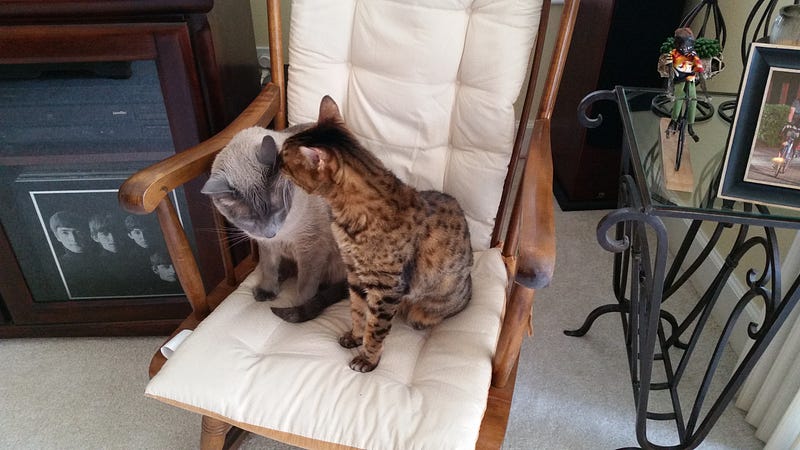
And then there are signs that are not the kinds that one sees in the streets. These are signs of love, of care — perhaps the most important of them all. And I imagine most are between humans. But the one portrayed above is one of my elderly Bengal cat giving love to my husband’s Siamese. Aura (my cat) was about eight years older, and she died in 2020, just before her 20th birthday. I got her as a rescue when she was eight. I don’t think I can say how much I loved her. I love my new rescue cat, but I still miss Aura.
Signs for the New Year?
The topic of signs is clearly beyond those physical posts that control traffic, advertise products, or proclaim opinions. I think that most of us look for those unseen, but very clear signs, that indicate kindness and goodness.
I wonder what kinds of signs the new year will bring. Time Magazine reported that in 2024, at least 64 countries are to hold elections, representing about 49% of the world’s population. Many are contentious. I would have hoped that after the world suffered from the pandemic, its people would have concluded that it is better to work together than to fight one another. The Geneva Academy of International Humanitarian Law and Human Rights reports that there are over 110 armed conflicts in the world today, most of which never make the headlines. Not a good sign.
So I worry. But I continue to dream that we all find hopeful signs in this new year. May it be.
Here are some other great responses to January’s writing prompt:
Warren Thurlow with “Signs Left Behind — How Should We Leave Our Mark?”
Erie Astin with “Signs of Ancient Ireland at Brú na Bóinne”
Anne Bonfert with “Ghana Welcomes You with Open Arms and a Load of Hopeful Signs”
